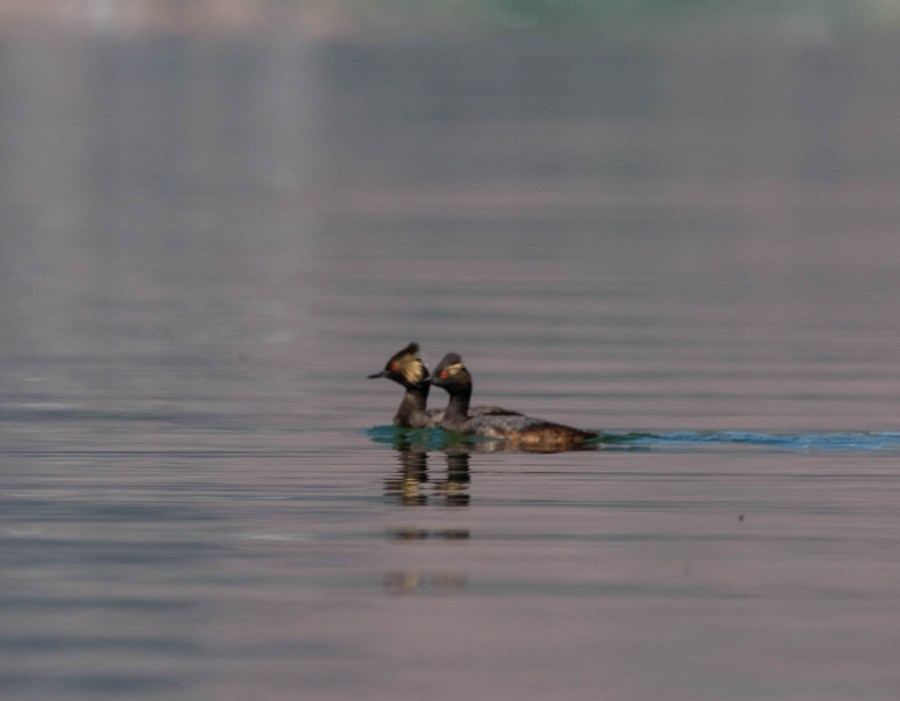We have been camped in Lee Vining (CA) for a little bit, affording us time to visit Yosemite National Park. More on Lee Vining later, but in or close to Lee Vining on the eastern slope of the Eastern Sierra’s is Mono Lake and the Mono Lake Basin. Mono Lake has a really interesting story, and it is a beautiful lake!






The lake exists today only for the efforts of concerned citizens that began back in the 1970’s. Perhaps the best reference point is if you think back to the movie Chinatown, with Jack Nicholson and Faye Dunaway. In that movie, the central theme was water rights, and the supply of water to support Los Angeles’ growth.

Completed in 1941, Los Angeles built an aqueduct that siphoned water from the eastern Sierra’s and funneled it into LA. This water was in part taken from streams that were supporting Mono Lake, and when in the early 1970’s LA doubled their intake, this essentially removed all water going into Mono Lake and channeled it to LA.

The lake’s water level dropped by 45 feet and was destined to dry up but for the conservation efforts of some concerned citizens. Their efforts changed that situation so that today there are 5 streams that feed Mono Lake and its water level is now stable.
So why is this lake so important, and why were these efforts so necessary?
Our earth and its’ survival is predicated on balance. Yes, we need water in cities, we need water to support agriculture, and we need water and environs to preserve the food chain of its’ smallest inhabitants. Mono Lake was at risk of failure, and the impact would have been extreme.
This lake serves a central role in the lives of millions of birds, either migrating or living here. As a shallow saline lake, it might appear to be a dying waterbed; nothing could be further from the truth.


Mono Lake is what is called a “terminal” lake, in that water from several creeks flows in, but no water flows out. Because of the climate, the water evaporates (to the tune of about 45 inches per year), and is partly why the lake is so saline – three times the salinity of the ocean. The lake depends on rain and the spring runoff from snow in the Sierra’s.

Flies and tiny shrimp in this lake feed millions of birds each year, those birds who reside here as well as the millions of birds who make a stop here on their route south (or back north) each year. Some birds arrive here and double their weight before flying off south.

The brine shrimp that grow here could not grow anywhere else, and brine shrimp living elsewhere could not live here, making the survival of these shrimp imperative to the survival of many other lives. Interesting enough, these brine shrimp die each year from the cold and lack of food, and sink to the bottom of the lake where they decay. Fortunately, the shrimp lay eggs in the fall, which gestate during the winter and come to life in the spring.
Come summer its’ like Woodstock and the shrimp reproduce and eat until their food supply dwindles. Spring and summer is an extremely rich time of year here – with algae forming by the ton, feeding trillions of brine shrimp and alkali flies.

The alkali flies are really interesting! They form underwater (they have little scuba tanks of air that allow them to survive under water), and at a point they float to the surface and then fly along the shoreline. There are trillions of these flies, and are of course a rich source of food for the birds.


Many of California’s gulls were probably raised here at Mono Lake, and approximately 1.5 – 2.0 million Eared Grebes live here in the fall – a large portion of this species of bird. So you can see that while you might think this is some sort of dead lake due to its salinity, it serves a critical role in the lives of many. The Grebes eat as much as 15% of their body weight – every day! That’s a lot of flies and shrimp.






One of the other notable characteristics about this lake are the tufas (you see tufas throughout the lake and its shoreline). The mixing of different water compositions that seep up into the lake creates tufas, which are calcium carbonate deposits. These tufas also provide nesting places for some birds.






Now, this may be more than you ever wanted to know about Mono Lake. In fact, chances are good you never heard of Mono Lake. But isn’t it good to hear that concerned citizens made a stand to be heard, and made a difference in all our lives by the simple action of preserving a single natural resource.


[…] mile or two down the road is Mono Lake, which is in and of itself a most interesting lake. And maybe a half hour drive is an old ghost […]
[…] town, and for whatever reasons the weather there is exquisite. And I did a little paddling out on Mono Lake, which is a really interesting and unique […]